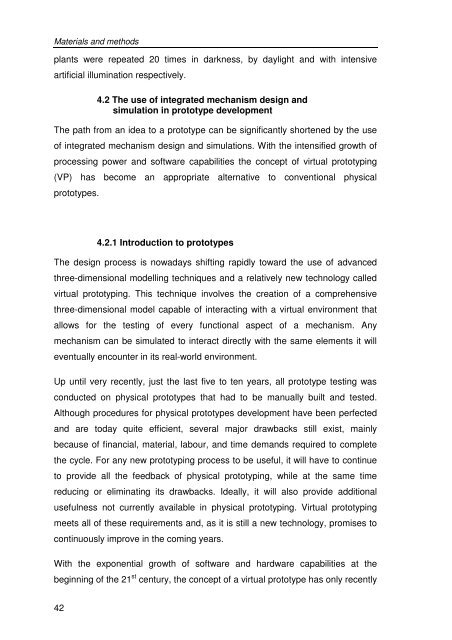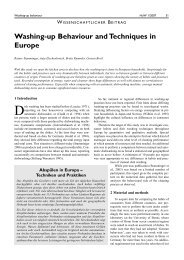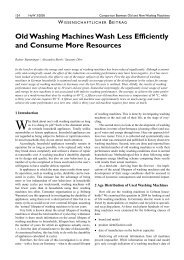Development of a novel mechatronic system for mechanical weed ...
Development of a novel mechatronic system for mechanical weed ...
Development of a novel mechatronic system for mechanical weed ...
You also want an ePaper? Increase the reach of your titles
YUMPU automatically turns print PDFs into web optimized ePapers that Google loves.
Materials and methods<br />
plants were repeated 20 times in darkness, by daylight and with intensive<br />
artificial illumination respectively.<br />
42<br />
4.2 The use <strong>of</strong> integrated mechanism design and<br />
simulation in prototype development<br />
The path from an idea to a prototype can be significantly shortened by the use<br />
<strong>of</strong> integrated mechanism design and simulations. With the intensified growth <strong>of</strong><br />
processing power and s<strong>of</strong>tware capabilities the concept <strong>of</strong> virtual prototyping<br />
(VP) has become an appropriate alternative to conventional physical<br />
prototypes.<br />
4.2.1 Introduction to prototypes<br />
The design process is nowadays shifting rapidly toward the use <strong>of</strong> advanced<br />
three-dimensional modelling techniques and a relatively new technology called<br />
virtual prototyping. This technique involves the creation <strong>of</strong> a comprehensive<br />
three-dimensional model capable <strong>of</strong> interacting with a virtual environment that<br />
allows <strong>for</strong> the testing <strong>of</strong> every functional aspect <strong>of</strong> a mechanism. Any<br />
mechanism can be simulated to interact directly with the same elements it will<br />
eventually encounter in its real-world environment.<br />
Up until very recently, just the last five to ten years, all prototype testing was<br />
conducted on physical prototypes that had to be manually built and tested.<br />
Although procedures <strong>for</strong> physical prototypes development have been perfected<br />
and are today quite efficient, several major drawbacks still exist, mainly<br />
because <strong>of</strong> financial, material, labour, and time demands required to complete<br />
the cycle. For any new prototyping process to be useful, it will have to continue<br />
to provide all the feedback <strong>of</strong> physical prototyping, while at the same time<br />
reducing or eliminating its drawbacks. Ideally, it will also provide additional<br />
usefulness not currently available in physical prototyping. Virtual prototyping<br />
meets all <strong>of</strong> these requirements and, as it is still a new technology, promises to<br />
continuously improve in the coming years.<br />
With the exponential growth <strong>of</strong> s<strong>of</strong>tware and hardware capabilities at the<br />
beginning <strong>of</strong> the 21 st century, the concept <strong>of</strong> a virtual prototype has only recently





